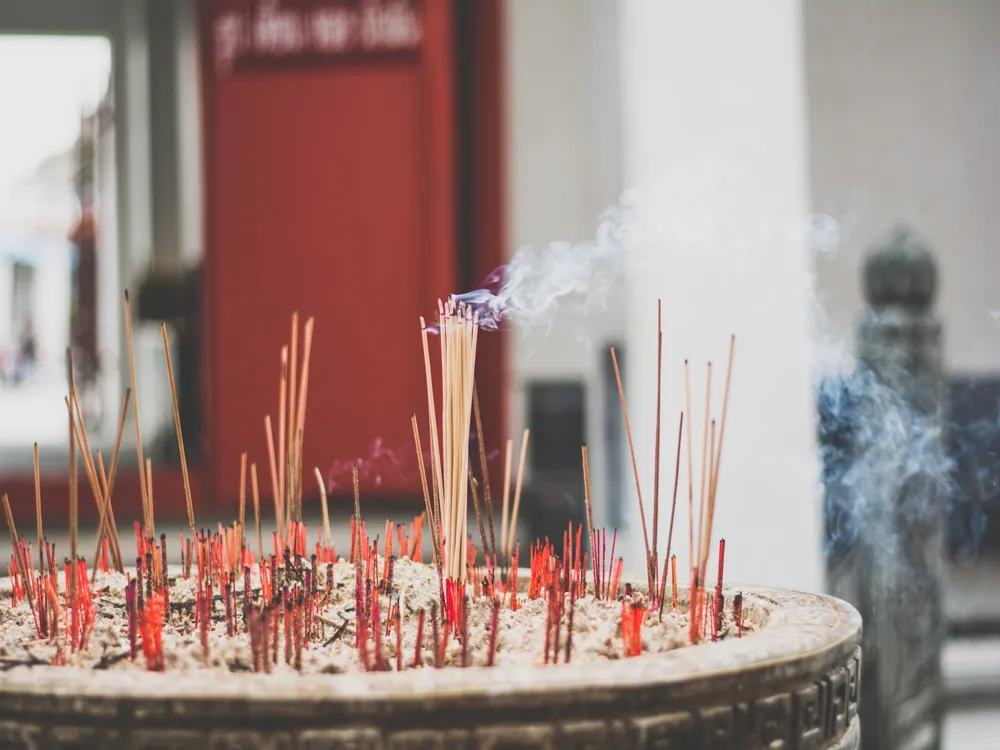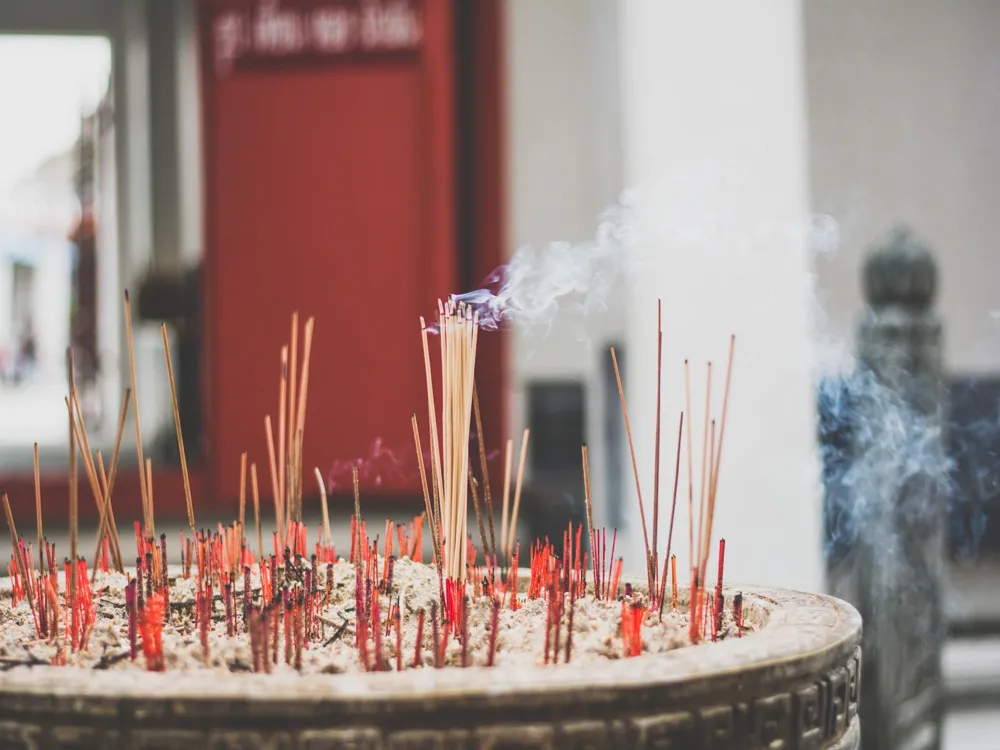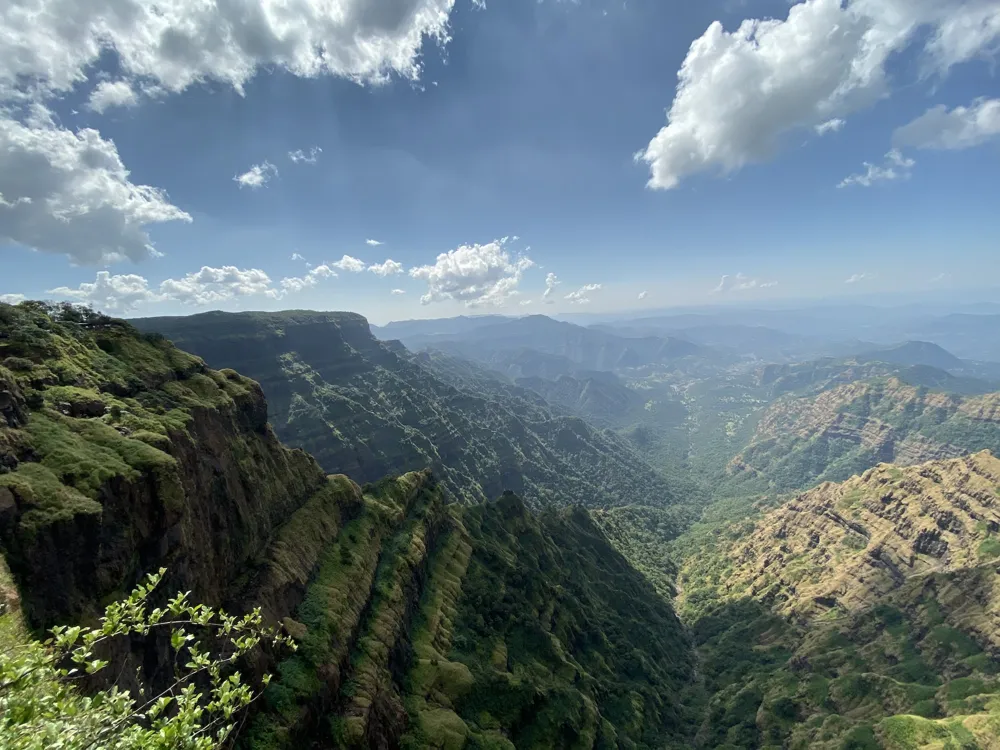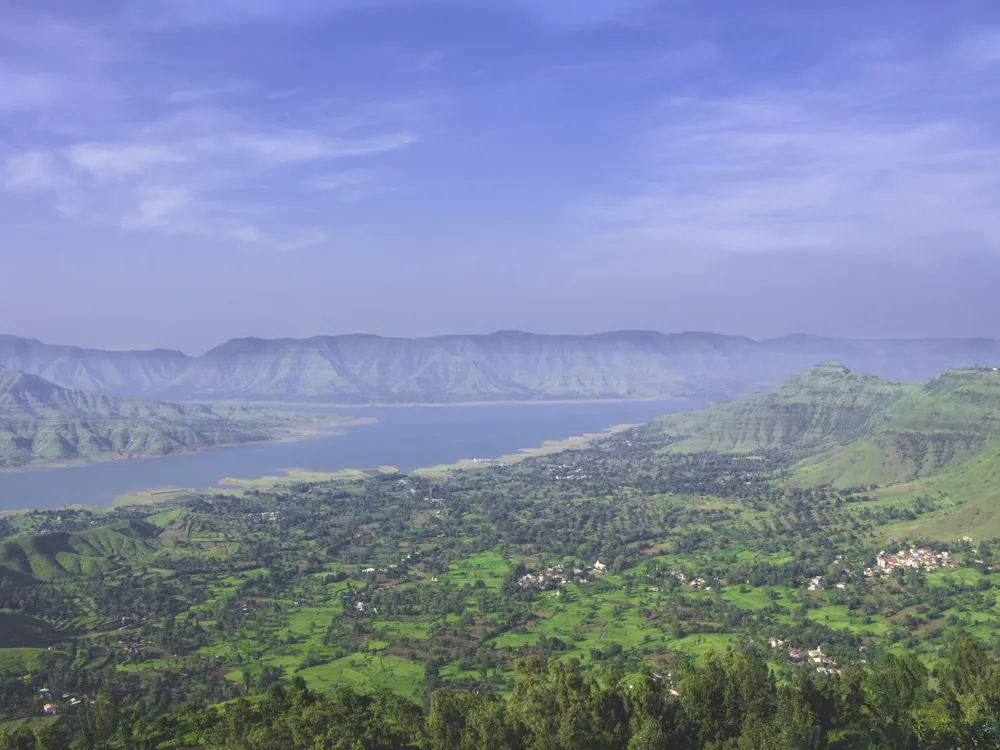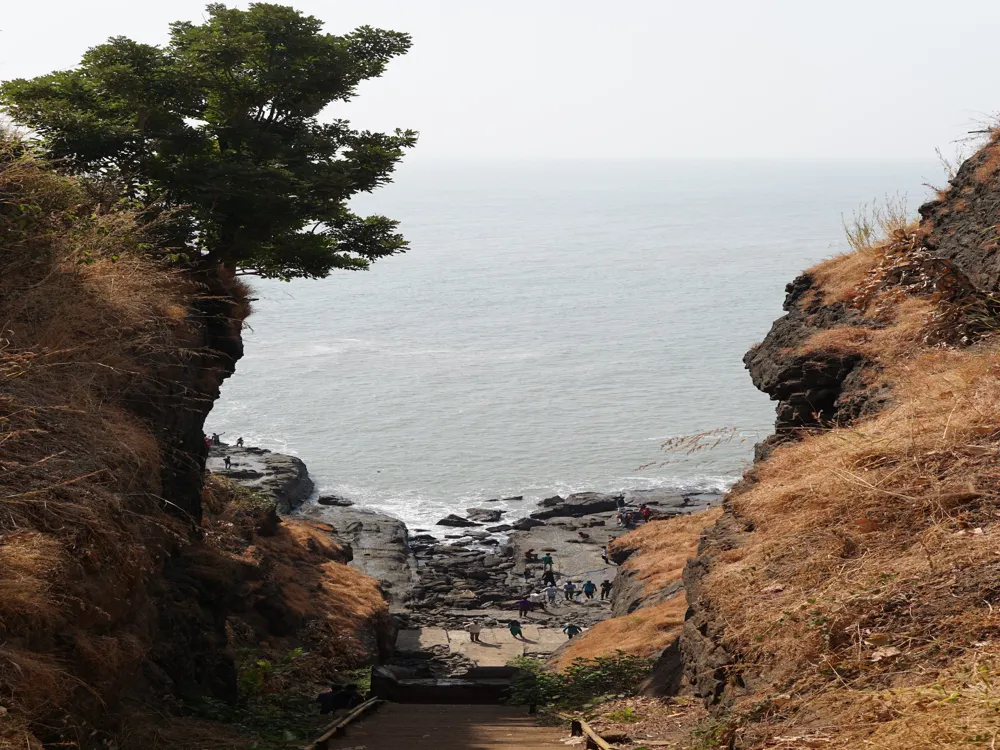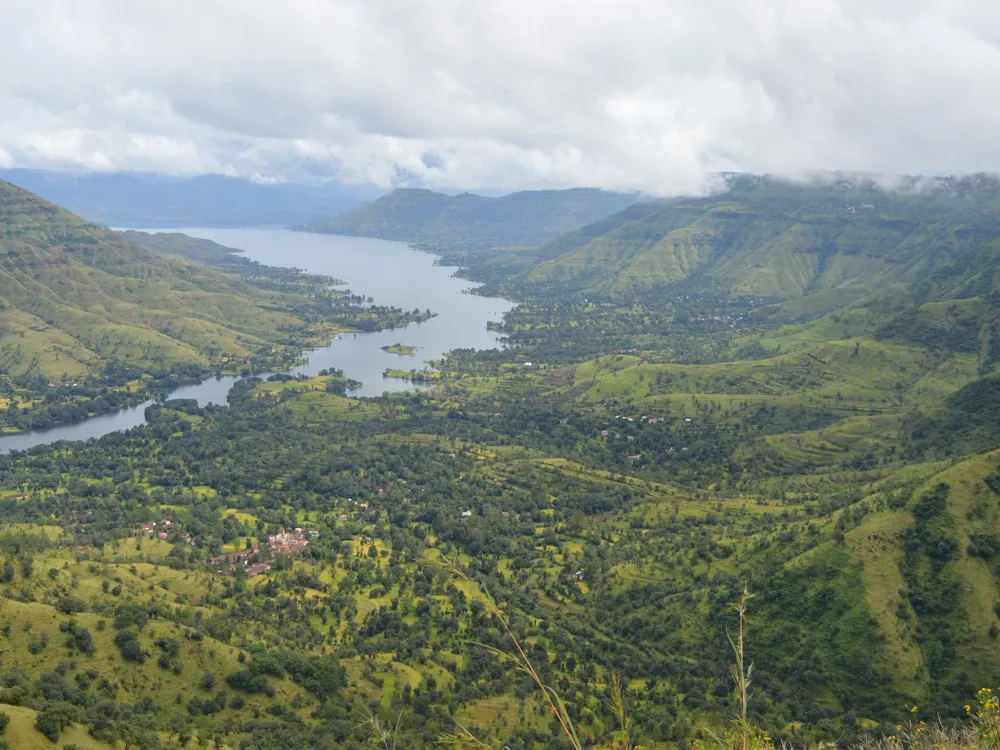The Lord Parashurama Temple, located in Chiplun, Maharashtra, stands as a splendid testament to ancient Indian architecture and religious significance. According to Hindu mythology, Lord Parashurama, the sixth avatar of Vishnu, is revered for his warrior skills and devotion. This temple, dedicated to him, is not just a religious site but a symbol of the rich cultural heritage of India. Nestled amidst the serene landscape of Chiplun, the temple attracts thousands of devotees and tourists every year, drawn by its spiritual aura and architectural beauty.
The history of the Parashurama Temple is steeped in mythological tales and historical significance. It is believed that Lord Parashurama created the Konkan region, in which the temple is situated. The temple, with its centuries-old history, serves as a beacon of the past, offering insights into the religious beliefs and practices of the era. The significance of this temple is further enhanced during major Hindu festivals when the temple comes alive with elaborate rituals and celebrations.
Over the years, the Lord Parashurama Temple has not only been a place of worship but also a center for cultural activities. It plays a pivotal role in preserving and promoting the traditions and arts of the region. The temple premises often host various cultural events, including classical music concerts, dance performances, and religious discourses, thereby contributing significantly to the cultural milieu of Chiplun.
The architecture of the Lord Parashurama Temple is a marvelous example of ancient Indian temple architecture, reflecting the ingenuity and skill of the artisans of the time. The temple's design is a harmonious blend of various architectural styles, with influences from different periods and regions of India. The intricate carvings, detailed sculptures, and the overall symmetry of the temple are a testament to the advanced architectural knowledge of the era.
The structural design of the temple is characterized by its unique blend of simplicity and complexity. The main sanctum, where the idol of Lord Parashurama is housed, is designed with utmost sanctity and is the focal point of the temple. Surrounding the sanctum are various halls and chambers, each serving a specific purpose and adorned with religious motifs and carvings.
One of the most striking features of the Lord Parashurama Temple's architecture is its artistic elements. The walls and pillars of the temple are embellished with intricate carvings depicting scenes from Hindu mythology, including the life of Lord Parashurama. The use of natural colors and the play of light and shadow in the temple's corridors create a mystical atmosphere, enhancing the spiritual experience of the devotees.
The construction of the Lord Parashurama Temple involved the use of locally sourced materials, primarily stone and wood, which have withstood the test of time. The techniques employed in the construction reflect the advanced engineering skills of ancient Indian architects, including stone carving, woodwork, and metallurgy. The temple's durability and resilience are a tribute to these age-old construction practices.
In recent times, there have been concerted efforts to preserve and restore the Lord Parashurama Temple. These efforts focus not only on maintaining the structural integrity of the temple but also on preserving its artistic and cultural significance. Restoration works are carried out with sensitivity to the original design and materials, ensuring that the temple continues to be a beacon of India's glorious past.
Visitors to the Lord Parashurama Temple are advised to adhere to a modest dress code, respecting the sanctity of the place. Traditional Indian attire is recommended. It's also important to maintain a quiet and respectful demeanor within the temple premises to not disturb the spiritual ambiance.
The temple is open to visitors during specific hours, usually from early morning to late evening. It's advisable to check the timings in advance, especially if you plan to participate in any special rituals or ceremonies.
Photography may be restricted in certain areas of the temple. Visitors are encouraged to respect these restrictions to maintain the sanctity of the temple and for the privacy of other devotees.
Being aware of and respecting local customs and traditions is important for a fulfilling visit. Engaging with local guides or temple authorities can provide valuable insights into the temple's history and practices.
The Lord Parashurama Temple in Chiplun is accessible by various modes of transport. The nearest airport is in Goa, from where you can hire a taxi or take a bus to Chiplun. The town is also well-connected by train and road, with regular bus services from major cities in Maharashtra. For those driving, the temple is situated along the Mumbai-Goa highway, making it easily reachable by car.
Overview of Lord Parashurama Temple in Chiplun, Maharashtra
History and Significance
Cultural Impact
Architecture of Lord Parashurama Temple
Structural Design
Artistic Elements
Materials and Techniques
Preservation Efforts
Tips When Visiting Lord Parashurama Temple
Dress Code and Conduct
Temple Timings and Rituals
Photography Restrictions
Local Customs and Traditions
How To Reach Lord Parashurama Temple
Lord Parashurama Temple
Chiplun
Maharashtra Goa
NaN onwards
View chiplun Packages
Chiplun Travel Packages
View All Packages For Chiplun
Top Hotel Collections for Chiplun

Private Pool

Luxury Hotels

5-Star Hotels

Pet Friendly
Top Hotels Near Chiplun
Other Top Ranking Places In Chiplun
View All Places To Visit In chiplun
View chiplun Packages
Chiplun Travel Packages
View All Packages For Chiplun
Top Hotel Collections for Chiplun

Private Pool

Luxury Hotels

5-Star Hotels

Pet Friendly










